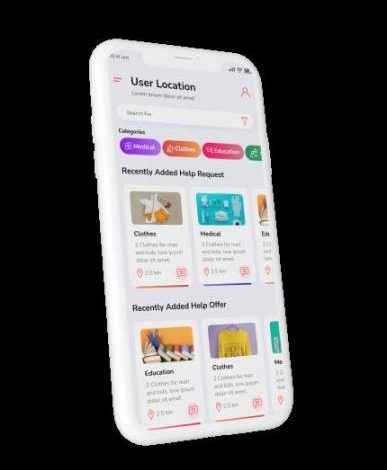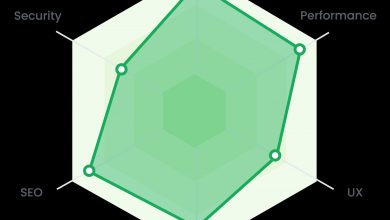Creating Engaging Mobile Apps with Flutter: A Comprehensive Guide

Creating Engaging Mobile Apps with Flutter: A Comprehensive Guide
Mobile apps have become an essential part of our daily lives, serving a variety of purposes from entertainment to productivity. To meet the growing demand for mobile apps, developers need efficient and effective tools. One such tool is Flutter, a framework developed by Google. In this comprehensive guide, we will explore how you can create engaging mobile apps with Flutter.
What is Flutter?
Flutter is an open-source mobile UI framework that allows developers to create high-quality native apps for iOS and Android using a single codebase. It provides a rich set of pre-built widgets, a reactive framework, and a modern design that helps developers quickly build beautiful and highly interactive apps.
Why should you choose Flutter?
There are several reasons why you should consider using Flutter for your mobile app development:
- Fast Development: Flutter’s hot reload feature allows developers to see the changes in real-time, speeding up the development process.
- Single Codebase: With Flutter, you can write code once and deploy it on multiple platforms, saving time and effort.
- Native Performance: Flutter apps are compiled directly into native code, resulting in high-performance apps that are indistinguishable from native apps.
- Rich UI: Flutter offers a wide range of pre-built widgets and animations that make it easier to create visually appealing and engaging user interfaces.
Getting Started with Flutter
Before you dive into creating mobile apps with Flutter, make sure you have the following set up:
- Install Flutter SDK: Download and install the Flutter SDK from the official website. The SDK includes everything you need to start building apps with Flutter.
- Set up an Editor: Choose an editor or IDE that best suits your needs. Popular options include Android Studio, IntelliJ IDEA, and Visual Studio Code.
- Configure your Device: Set up an emulator or connect a physical device to test your apps. Flutter supports both iOS and Android devices.
Building Your First Flutter App
Once you have set up your development environment, it’s time to build your first Flutter app. Follow these steps:
- Create a new Flutter project: Use the Flutter command-line tools to create a new Flutter project. This will generate the necessary files and folder structure for your app.
- Write your app code: Open the project in your chosen editor and start writing your app code using the Dart programming language. Flutter provides a rich set of widgets that you can use to build your app’s UI.
- Run your app: Use the Flutter command-line tools or your editor’s built-in features to run your app on an emulator or physical device. You should now see your app running on the screen!
Frequently Asked Questions (FAQs)
Q: Is Flutter suitable for large-scale projects?
A: Yes, Flutter is well-suited for large-scale projects. It offers excellent performance, code reusability, and a growing community that provides continuous support and updates.
Q: Can I use Flutter for both iOS and Android app development?
A: Absolutely! Flutter allows you to build apps for both iOS and Android platforms using a single codebase. This simplifies the development process and saves valuable time.
Q: Is Flutter a good choice for beginners?
A: Yes, Flutter is beginner-friendly. It has a simple and intuitive syntax, extensive documentation, and a supportive community. Flutter’s hot reload feature also makes it easy to experiment and iterate during development.
Q: Does Flutter support integration with native code?
A: Yes, Flutter provides excellent support for integrating native code. Using platform channels, you can easily access platform-specific APIs and features.
Now that you have a comprehensive guide to creating engaging mobile apps with Flutter, it’s time to put your knowledge into practice. Start building beautiful and highly interactive mobile apps with Flutter and watch your creations come to life!
Do you have any further questions about Flutter? Let us know in the comments below!



